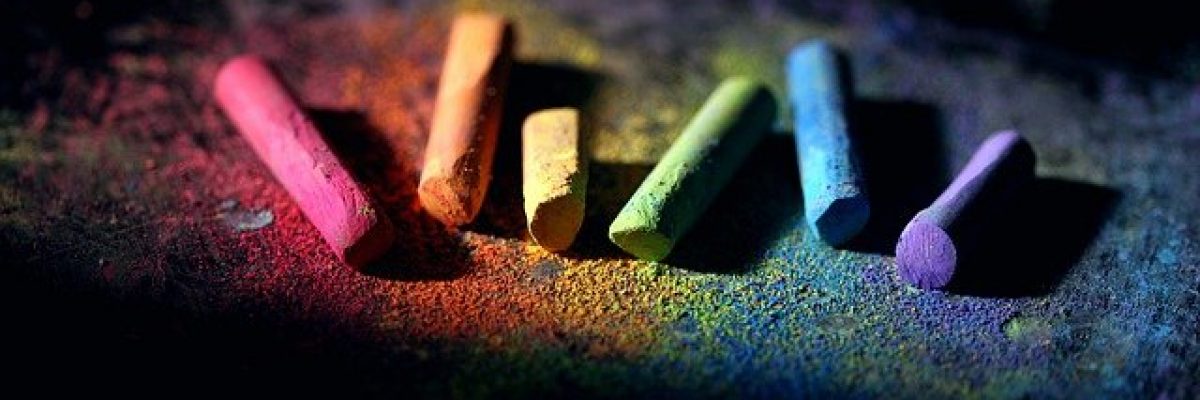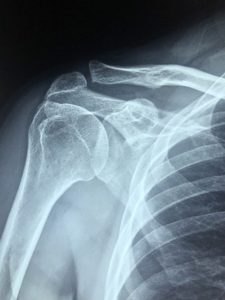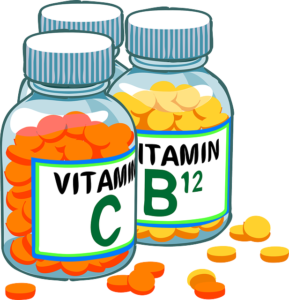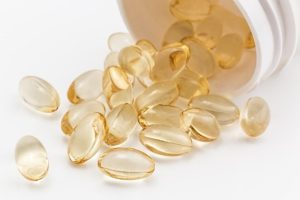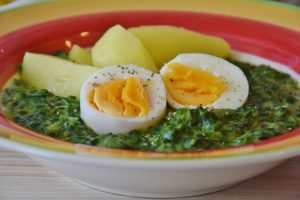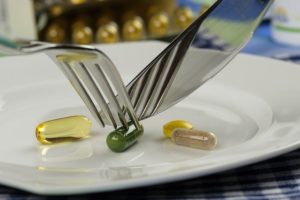The pain relieving expert gives a hint: Chalk teeth. (Molar incisor hypomineralization)The teeth are stained, sensitive and particularly susceptible to caries. Explanations and hints.
Chalk teeth are the result of a developmental disease of the tooth enamel. This means that the seeds for later chalky teeth are already sown during pregnancy, but at the latest at the age of up to 4 years. The affected teeth – mostly the grinders, (less so the incisors, occasionally the canines) – are not optimally mineralised.
Often, the enamel has only 10 percent of the density of healthy enamel. In the literature, we read about MIH for the first time in 1987 (a Swedish research group investigated the frequent occurrence of poorly mineralised enamel in children born around 1970).
Symptoms:
-Loss of hard tooth substance (teeth suddenly crumble, even with previously good dental hygiene)
-Increased risk of caries
-High sensitivity
-Yellowish to brownish stains, also in the anterior tooth areaChalk teeth are particularly common in affluent regions of the world (USA, Scandinavia) and South-East Asia.
MIH is more common in cities than in rural areas.
What is a conventional “therapy” recommended by a dentist?
-Heavily fluoridated toothpastes or pure flouridated toothpastes. Does this help? Let’s see. ![]()
-Add flouridated table salt. Flouride again. ![]()
-Or frequent visits to the dentist to apply an appropriate fissure sealant (fluoride varnish).
Who recognises themselves here?
What flourides do to the body is scary, especially in children’s bodies. I can go into this separately if you like. Does this make it better? I mean significantly better? Does it restore autonomy? No. A new “dependence” on the dentist’s treatments is created.
Let’s dive into the big world of solutions: Nutrition. (In some countries, the percentage of MIH in children up to the age of 12 is 25-30%). What do children eat all day? Could it make sense to counteract this with some supplements? Or go completely crazy… ![]() … Provide healthy and balanced food.
… Provide healthy and balanced food.
Just one example: Zinc. Study 2020, published in the specialist journal “Nutrients” – Zinc is an important component of tooth enamel and is always present in saliva as well.
The former dentist Dr. Johann G. Schnitzer, for example, writes: “The cause of chalky teeth lies in a progressive severity of chronic diseases and degeneration symptoms from generation to generation due to a malnutrition of the population that has now lasted for decades.” Who would have thought that? ![]()
Study, 2015, analysing data from 1,048 children. Result: dental health was better the higher the children’s vitamin D levels were. An increase in the vitamin D level by 10 nmol/l already reduced the risk of MIH by 11 percent. In addition, the higher the vitamin D level, the fewer decayed teeth the children had. And 70-80 nmol/l is the value to aim for.
(A little tip: This cannot be achieved with a supplement of 1,000 iU per day).
Questions…? Let me know.
See you next time.
Stay strong.
Matti

